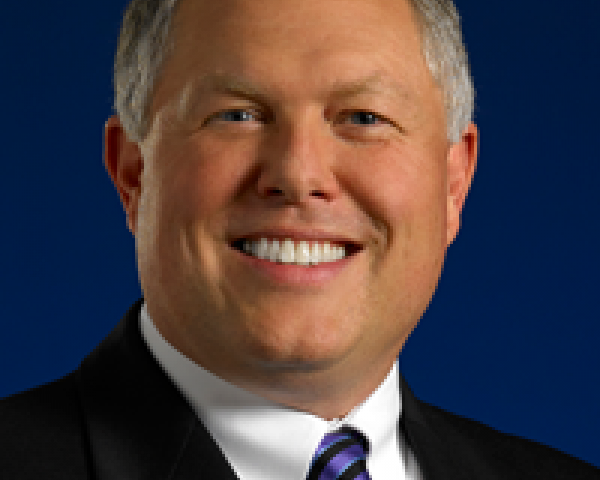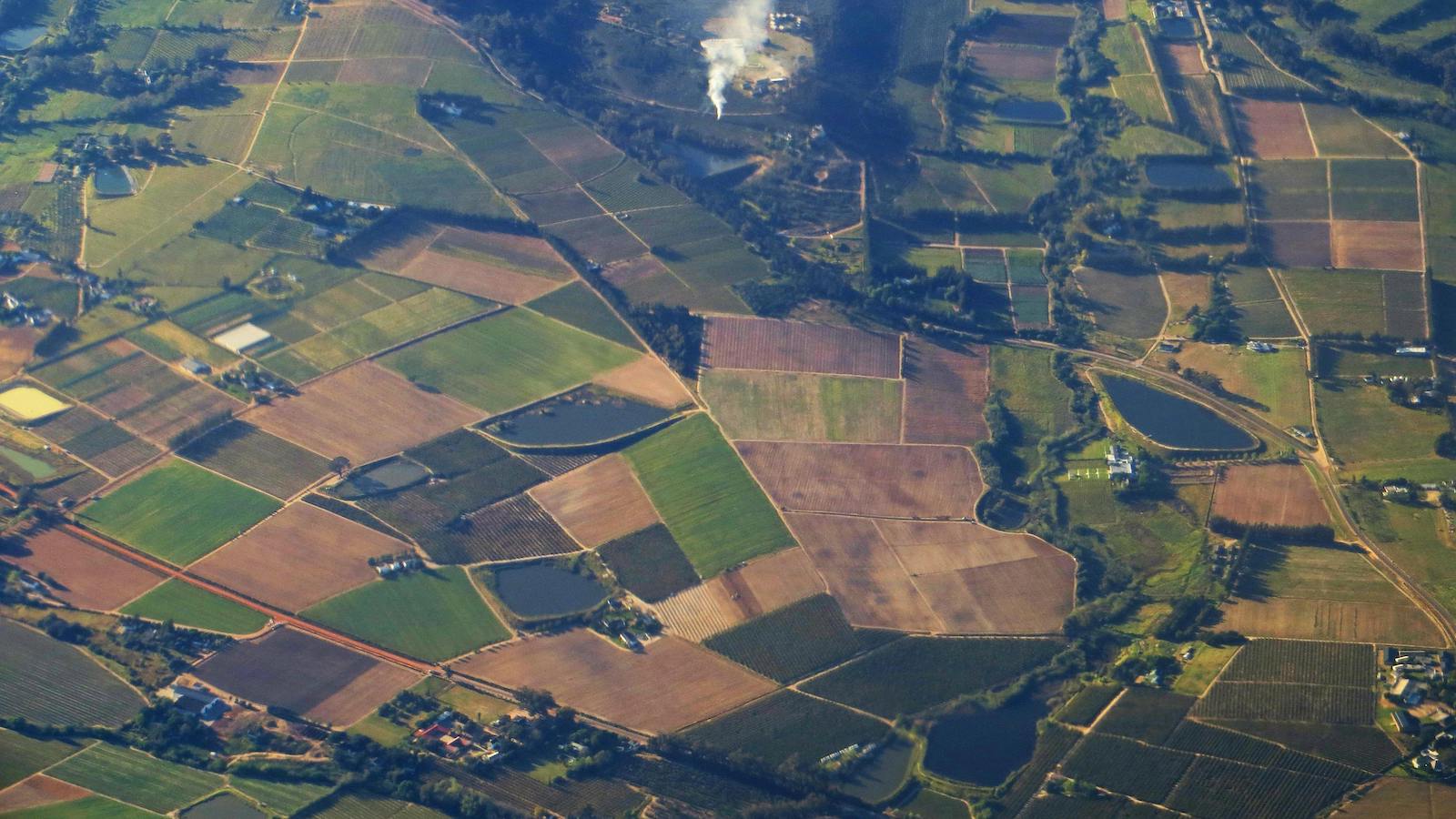Workers’ compensation is constantly evolving with new case law and legislation around the nation every year. Because of this, managing a workers’ compensation program is a huge challenge for risk managers. At the CWC and Risk conference Mark Walls lead a panel discussion around the state of workers’ compensation.
The panel included:
- Janine Kral, Vice President of Risk Management, Nordstrom, Inc.
- Jennifer Saddy, Director of Workers’ Comp/Corporate Insurance & Risk Management, American Airlines, Inc.
- Miriam Levario, Director of Workers’ Compensation, Warner Bros. Entertainment Inc.
- Duane Hercules, President, Safety National
- Rick Taketa, President and Chief Executive Officer, York Risk Services Group, Inc.
- Tom Ryan, Managing Director, Workers’ Compensation Market Research Leader, Marsh LLC
- Mark Walls, Vice President Communications & Strategic Analysis, Safety National (Moderator)
Talent attraction and retention for the future: what can we do?
Social mission is a key message to attracting new talent. Employees care about getting those workers back to work as soon as possible. Employees want to have meaning and value added to their job.
We are here to help people, here to help, here to entertain. Bringing in employees that are like family. They are coming to work for the brand not necessarily the company. That is how to retain employees.
Employees are looking for a mission or bigger picture to be part of a bigger and greater good. Continue to tell the greater good of how we help injured workers. Work with universities and internships to create and build those relationships.
People want a job with a purpose.
How important is total cost of risk?
Total cost of risk includes all costs of an insurance program. Imagine a pie cut into slivers and each of those pieces are costs of variable and fixed costs involved in a workers’ compensation program. As small as 10% could be fixed and 90% could be variable including surveillance, lost wages, medical costs, etc.
Look at benchmarking compared to peers to see where your company stands compared to others.
Create specific goals to measure and chose key data elements and watch those costs.
Do not want the claims of today to turn into the claims of tomorrow.
Open communication between workers’ compensation and company.
See also: 25 Axioms Of Medical Care In The Workers Compensation System
Thoughts around drug treatment guidelines and drug formularies?
Should create similar procedures and protocols for similar injuries, positives far outway the negatives.
Create better true treatments for injured workers now not using 17 year old data and treatments that are outdated.
Create clinical treatments early on and create benchmarking to create results, be proactive and not reactive.
Predictive analytics is an industry buzzword now. How are you using analytics?
First thing to look at is prevention. Look at how we can use that data and create prevention in that area. Post loss – look at opportunities to mitigate those losses.
Prevention. Once you have an open claim, you have an open claim. Meet with safety and other departments that are having multiple similar injures.
The word predictive is important. This requires action after you receive that data. Look into those claims and see which one will benefit from this predictive analytics the most.
Pattern recognition from huge groves of data. Its not just about identifying what has happened in the past but how can that be used for the future. Use that data and create a workflow path for similar injuries.
Need to check and recheck data to make sure its accurate. Make sure the reports are credible.
Machine learning and artificial intelligence. What are some other technology areas for potential impact of workers’ compensation?
Assisting and changing the way we communicate with injured workers. Large area for improvement for communicating with injured workers.
Claimants should be able to get any information regarding their claim whenever they would like such as a portal they could log in and see where their claim is standing.
Understand and know your audience. Some technology will work for younger claimants but some older claimants appreciate the personal phone call and not the text message.
Collision avoidance programs to decrease injuries.
Wearable technology and wearable devices can provide real time data to proactive to reduce injuries.
How does California compare with other states?
Its a nation to itself. Just the size is huge. Geographic and demographic complexity. Over the past few years there has been a lot of positive change. The state is also highly regulatory complex. Clear litigation issue in California that needs to be addressed.
Highly more expensive.
Changes over the past years have been favorable but there are still issues with litigation.
Issues around marijuana
More research needs to be done, it is an evolving trend for sure.
Safety is a big issue and some companies want to remain a drug free workplace.
Minimal regulations on medicinal marijuana. Needs to be a more safe environment and regulated.
Challenge for some companies is around drug testing and remaining a drug free environment but these injured workers are taking heavy doses of opioids.
Dealing with issues in states where marijuana is legal but the company is a drug free workplace. This gets confusing for employees.
See also: How Should Workers’ Compensation Evolve?
How do you think workers compensation needs to evolve?
Crucial for claims examiner and their role with the claimants. They can make a huge impact with the way the claim plays out.
Effective use data and technology to increase workplace safety. This leads to better outcomes. Evolve to meet on demands needs such as Uber, Lyft and even delivery services. Attract the best and brightest new talent.
Nothing is better than getting injured workers back to health and back to work.
Look at a more holistic approach to health management and better alignment with health and wellness.








